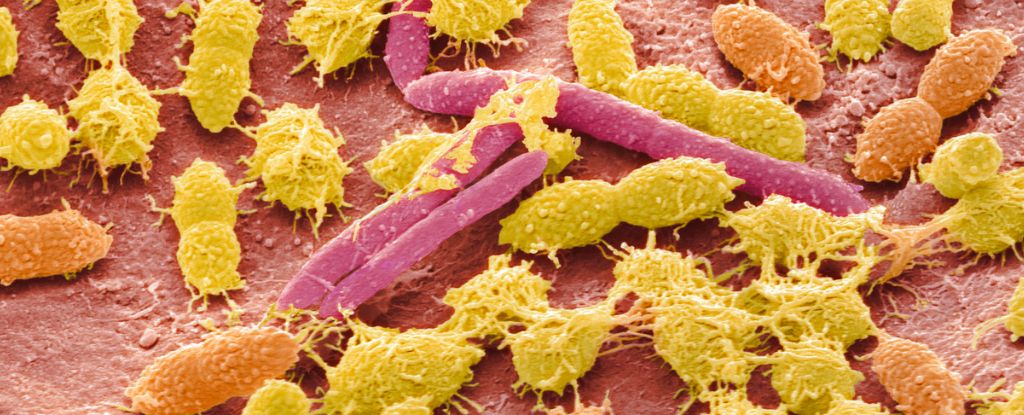Discovery of Obelisks: A New Class of RNA Structures in the Human Microbiome
'Obelisks': Entirely New Class of Life Has Been Found in The Human Digestive System 🔗

Researchers have discovered a new class of genetic entities in the human digestive system, named "Obelisks." These structures, made of RNA, do not resemble any known viruses or biological agents, suggesting they might represent a new category of life. Preliminary findings indicate that Obelisks are present in around 10% of examined human microbiomes, with a significant presence in oral samples. They encode a novel class of proteins called Oblins, which may play a role in their replication. However, the researchers have yet to determine their impact on host bacteria or how they spread.
- Obelisks are a newly identified class of RNA structures in the human microbiome.
- They were found in about 10% of the microbiomes studied, particularly in oral samples.
- The entities code for proteins called Oblins, which may be crucial for their replication.
- The nature of Obelisks remains uncertain, as they do not fit the typical definitions of viruses or plasmids.
What are Obelisks?
Obelisks are a newly discovered class of RNA structures in the human digestive system that do not resemble known viruses or other biological agents.
How common are Obelisks in human microbiomes?
Obelisks were found in approximately 10% of the human microbiomes examined, with a notable presence in 50% of oral samples from some patients.
What proteins do Obelisks produce?
Obelisks encode a new class of proteins called Oblins, which may play a role in their replication process.